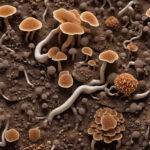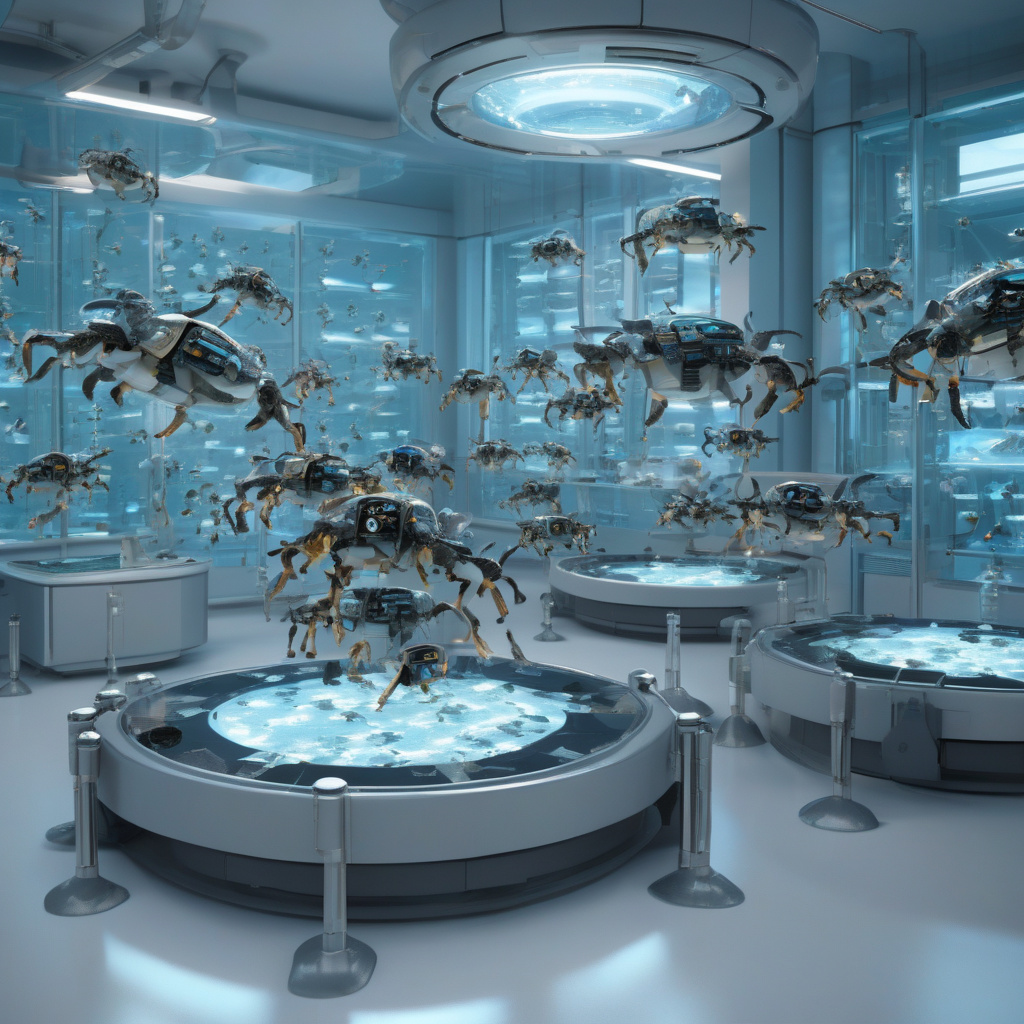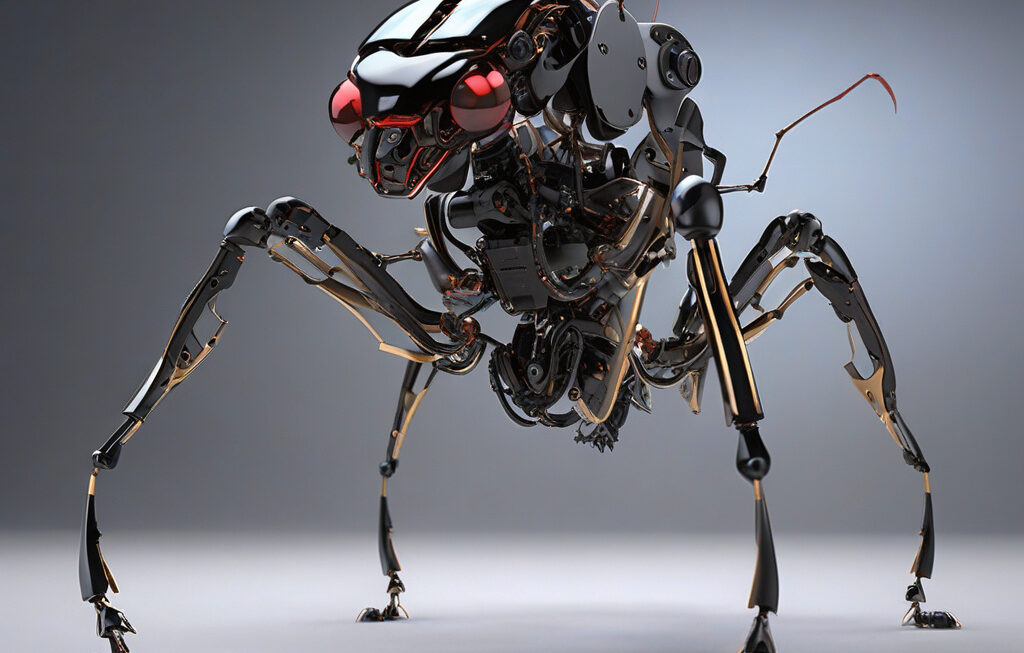Zebrafish-Inspired Control System Helps Robot Swarms Move in Sync Without Crashing
A team of biologists and robotic engineers in Germany has created a robot control system that takes inspiration from the synchronized movements of zebrafish. This innovative technology aims to revolutionize how robot swarms operate, ensuring they move in harmony without the risk of collisions.
The zebrafish, known for their remarkable ability to move collectively in schools without crashing into each other, served as the perfect model for developing this cutting-edge control system. By studying the biological mechanisms that enable zebrafish to coordinate their movements seamlessly, the team was able to replicate this behavior in a group of robots.
One of the key challenges in coordinating robot swarms is maintaining a safe distance between individual units while ensuring they move towards a common goal. Traditional control systems often struggle to strike this balance, leading to potential collisions and inefficiencies in movement.
The zebrafish-inspired control system addresses this challenge by leveraging decentralized control algorithms that enable each robot to make decisions autonomously based on local information. This approach mimics the decentralized nature of zebrafish schools, where each fish responds to its neighbors’ movements without the need for central coordination.
Through extensive testing in both simulation and real-world environments, the team demonstrated the effectiveness of the zebrafish-inspired control system in guiding robot swarms with precision and agility. The robots were able to navigate complex environments, adapt to obstacles, and converge on targets without colliding – showcasing the potential of this technology for a wide range of applications.
One of the most exciting prospects for this innovation is its application in search and rescue missions, where robot swarms could be deployed to explore disaster zones and locate survivors. By moving in sync without crashing, these robots could cover large areas efficiently and respond to emergencies in a coordinated manner.
Beyond search and rescue, the zebrafish-inspired control system has implications for various industries, including agriculture, logistics, and infrastructure maintenance. In agricultural settings, robot swarms could work together to plant seeds, monitor crops, and harvest produce with minimal human intervention. In logistics, autonomous drones and vehicles could coordinate deliveries and warehouse operations seamlessly. And in infrastructure maintenance, robot swarms could inspect bridges, pipelines, and buildings for signs of damage or wear.
As technology continues to advance, the potential for robot swarms to transform industries and improve efficiency is vast. By drawing inspiration from the natural world, innovators can unlock new possibilities for autonomous systems that work together seamlessly and adapt to their environments.
The zebrafish-inspired control system developed by the team in Germany represents a significant step forward in this journey, showcasing the power of bio-inspired design in robotics. With further research and development, we can expect to see more innovations that harness the wisdom of nature to create intelligent, synchronized systems that benefit society as a whole.
In a world where collaboration and efficiency are key to solving complex challenges, the zebrafish-inspired control system offers a glimpse into a future where robot swarms move in perfect harmony, guided by the principles of nature.
robotics, innovation, bioinspiration, technology, synchronization












